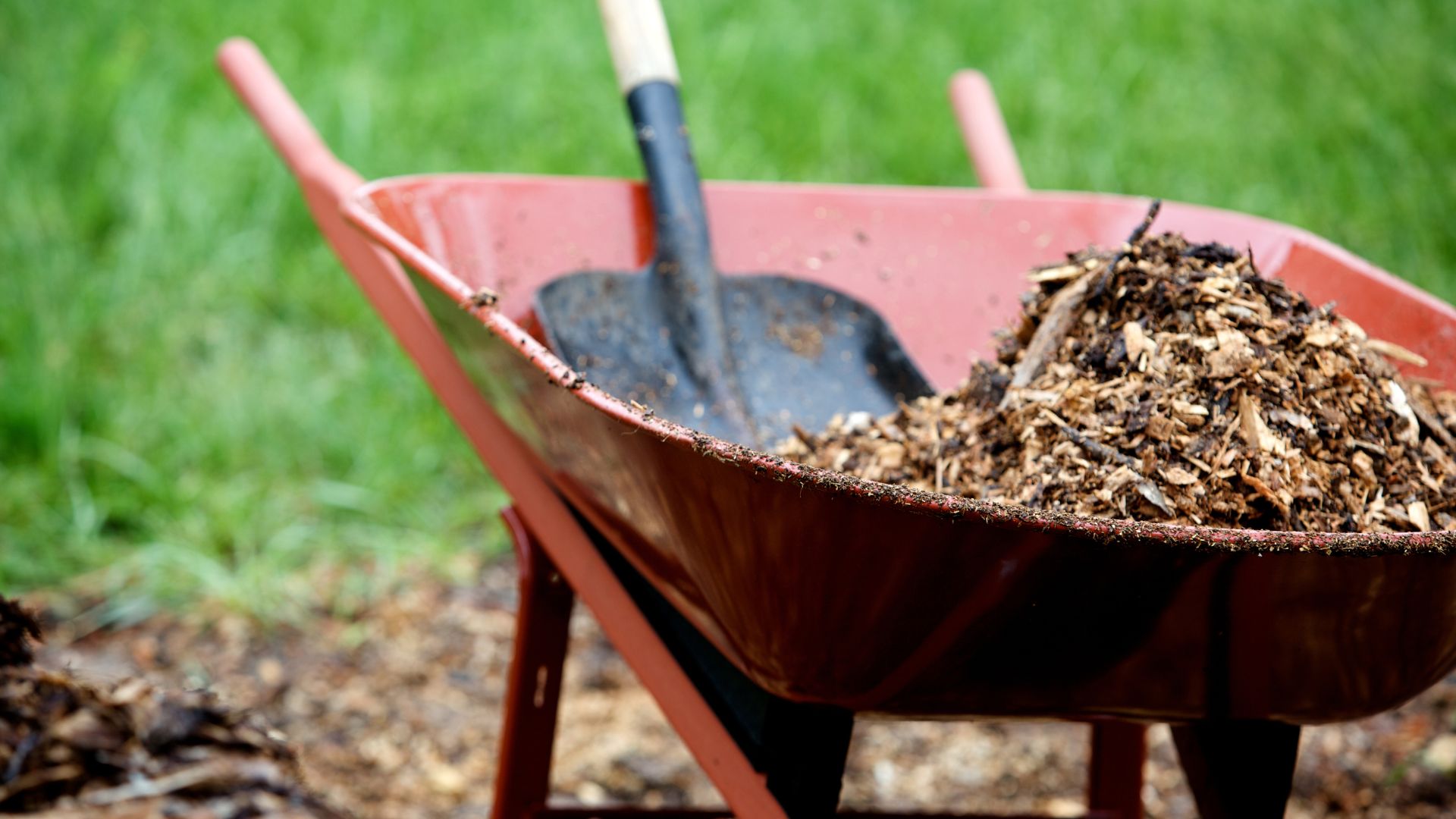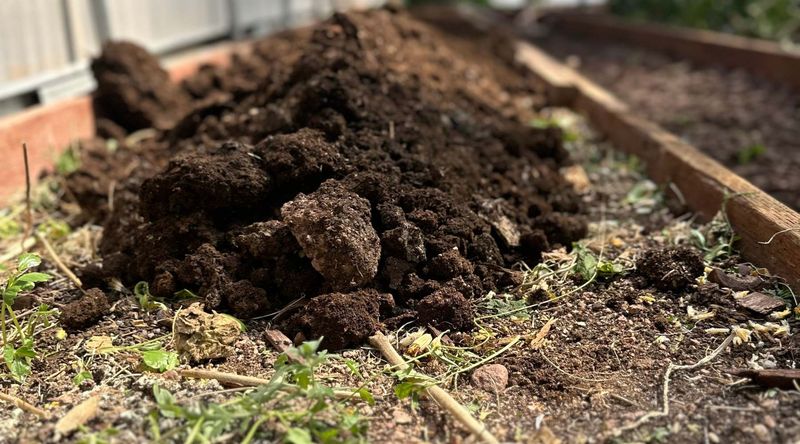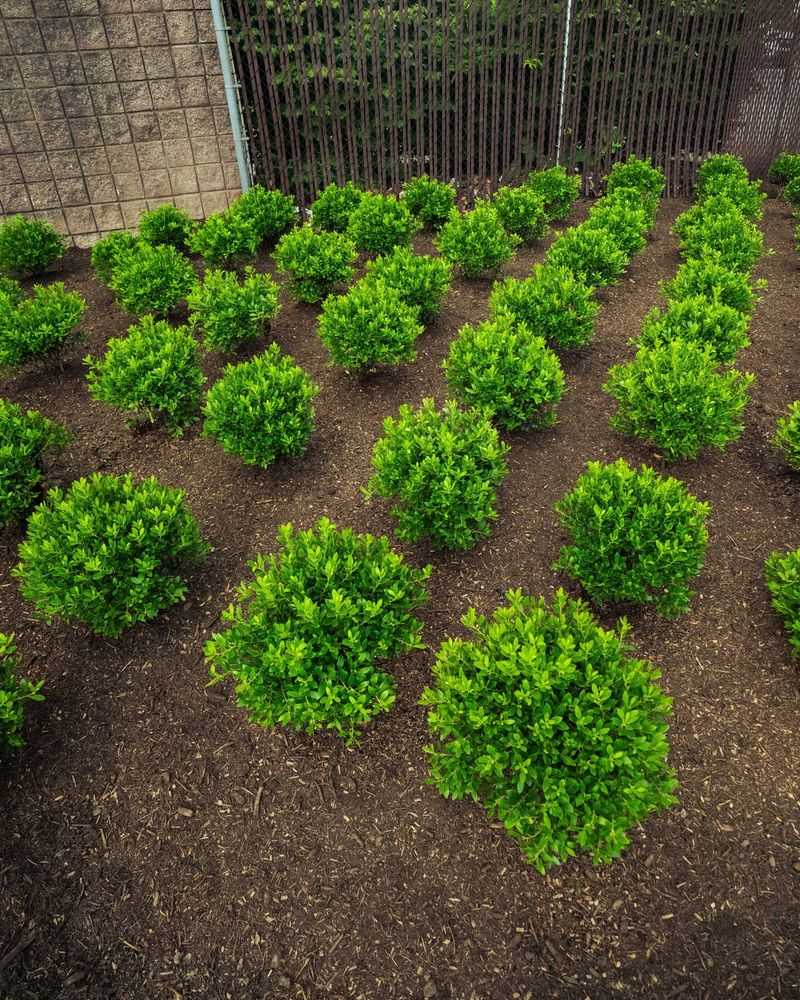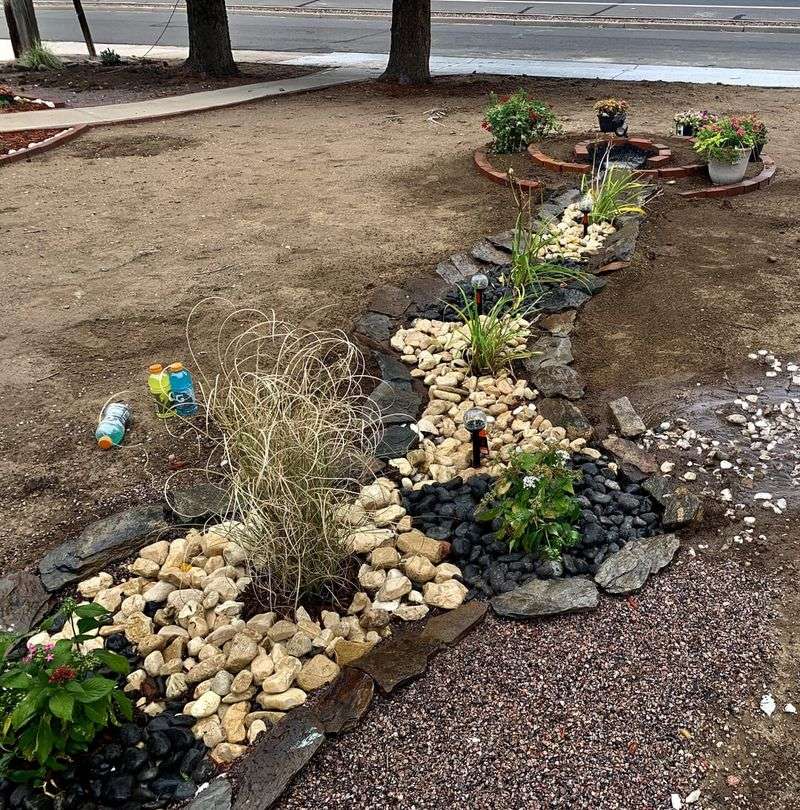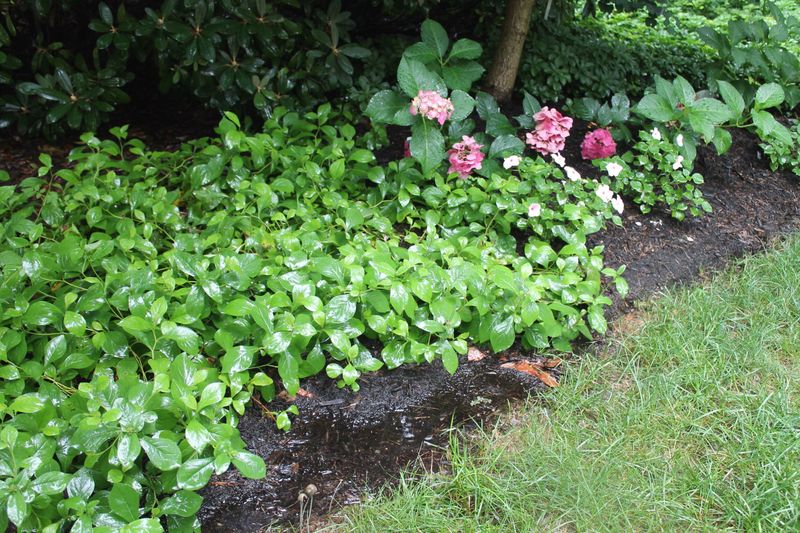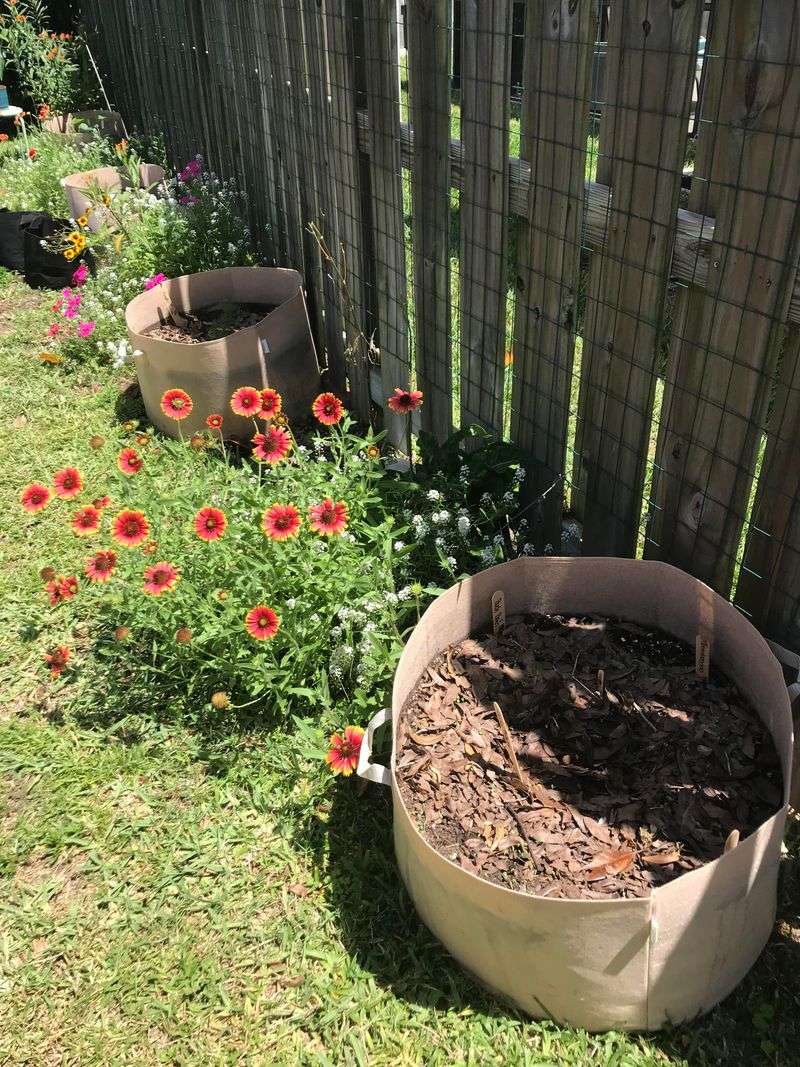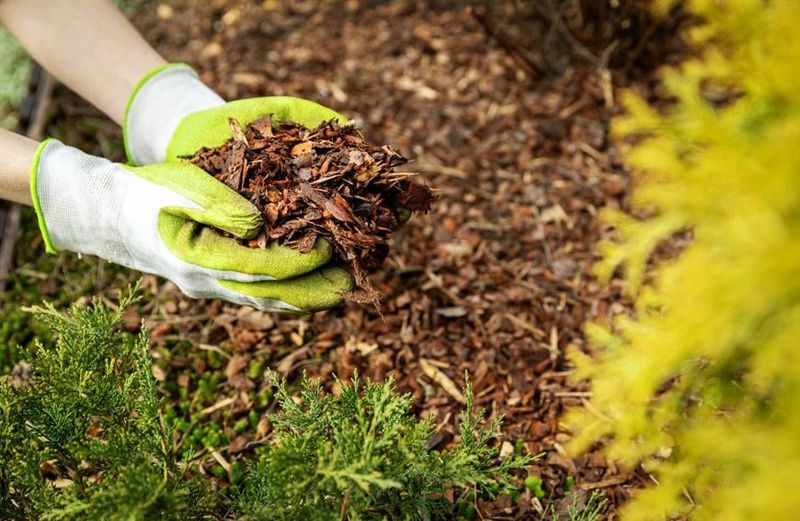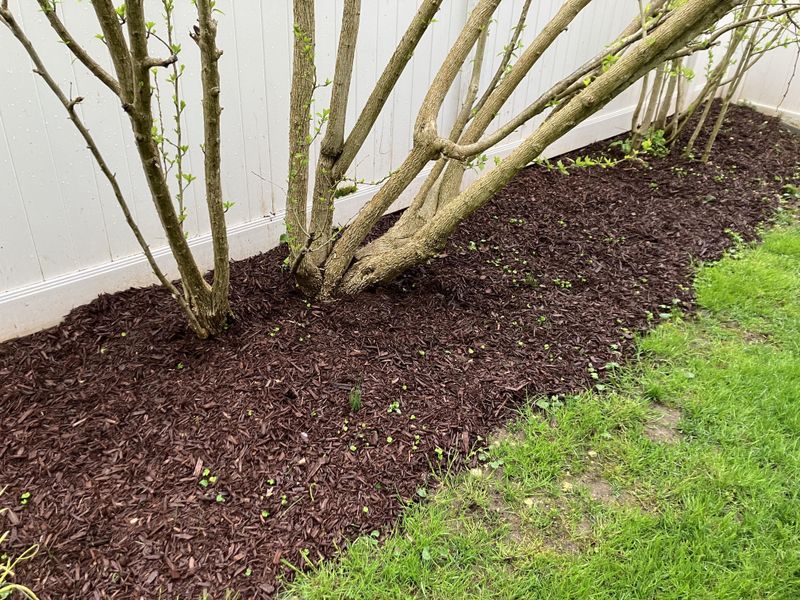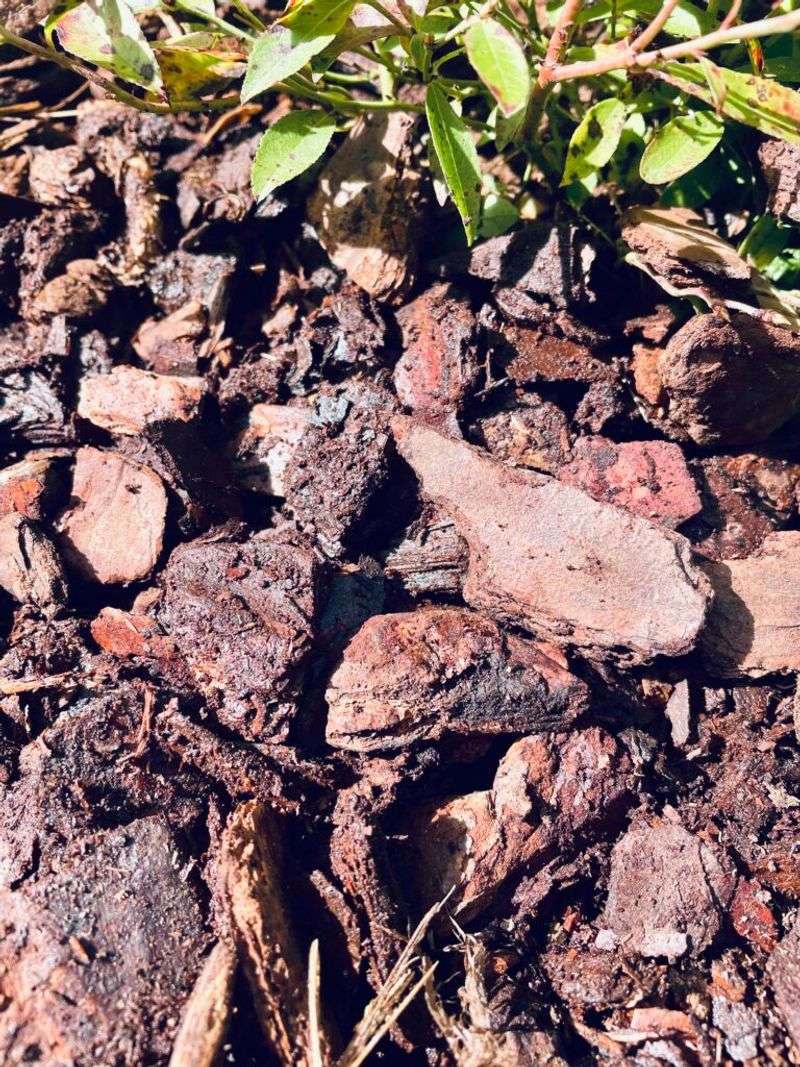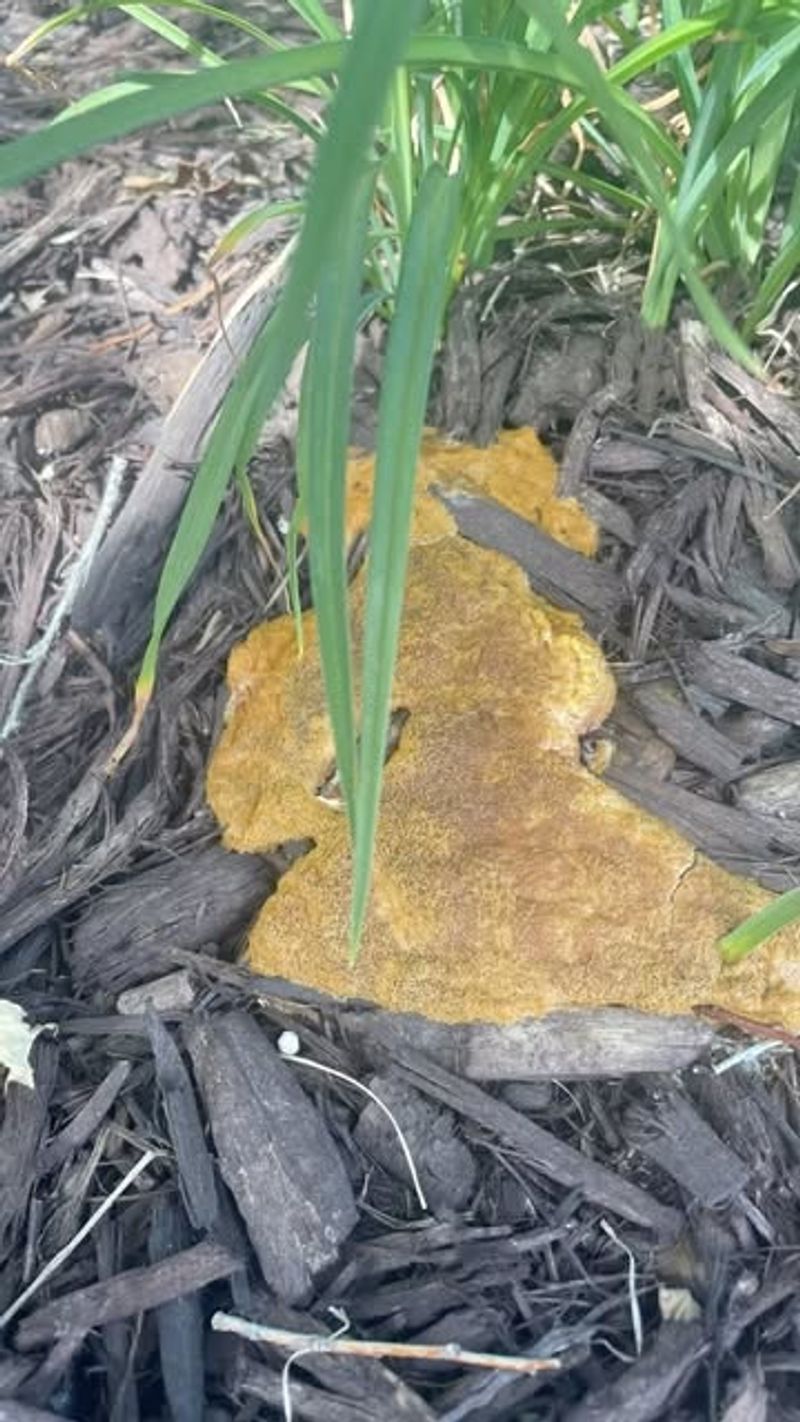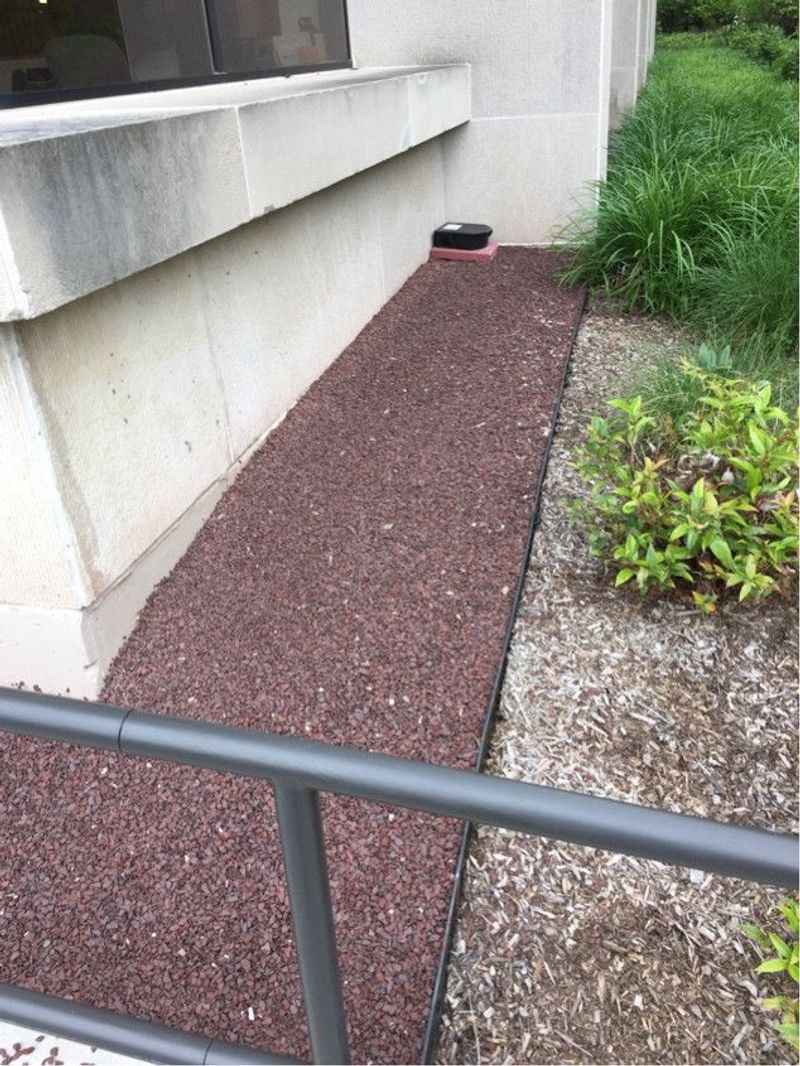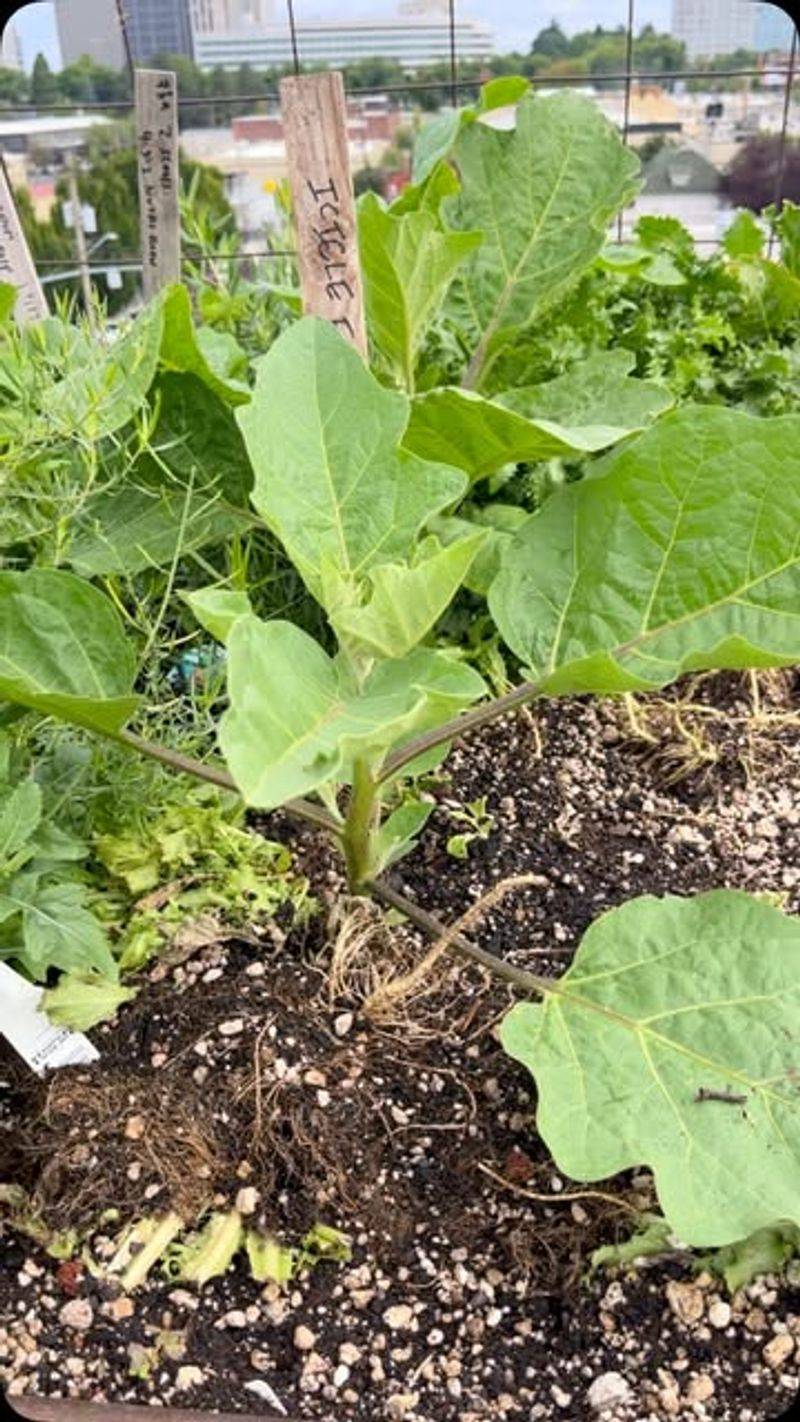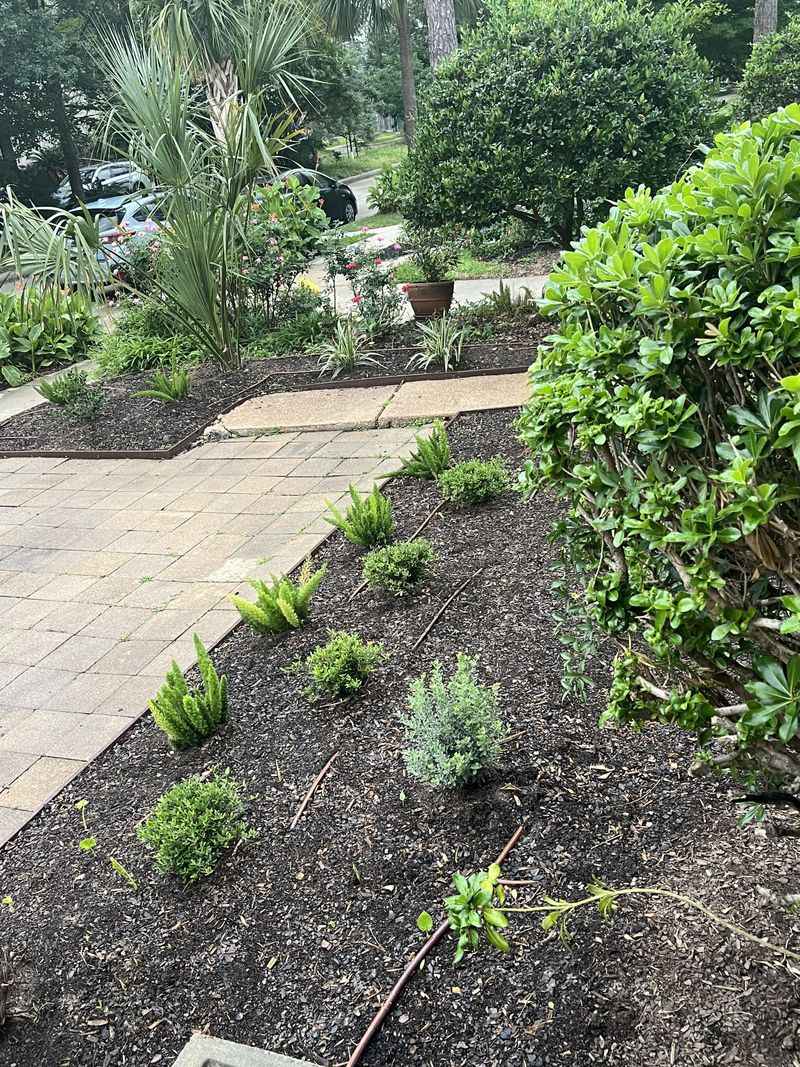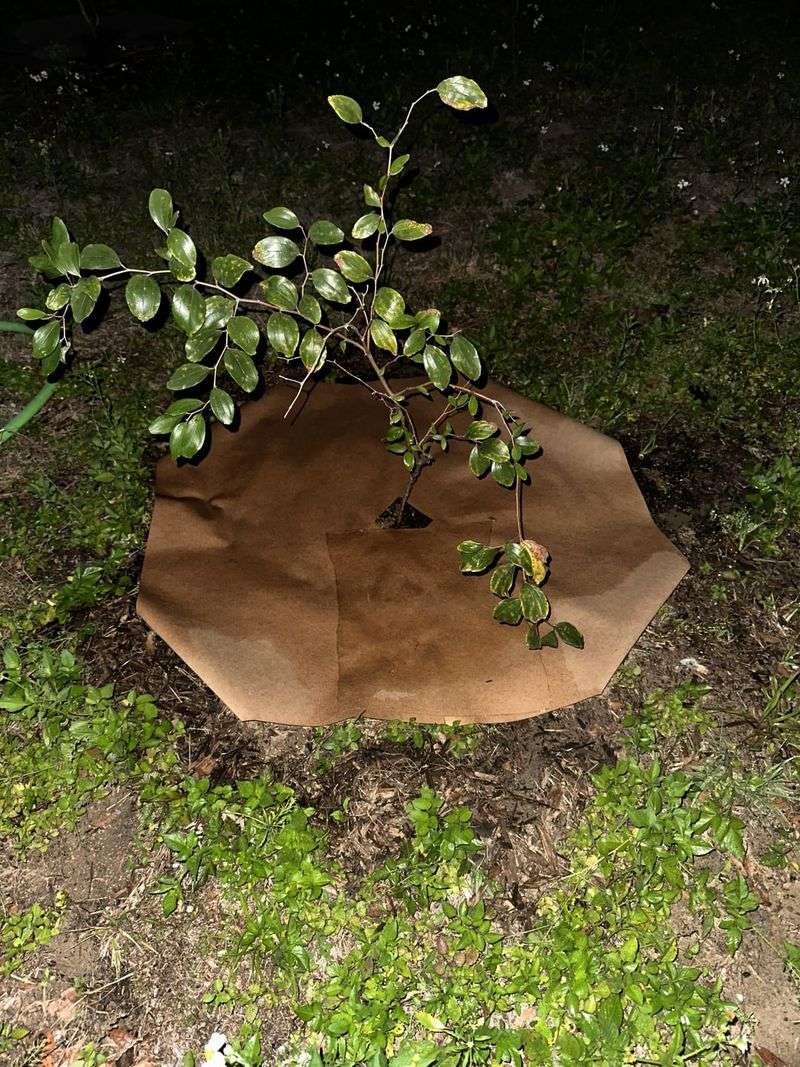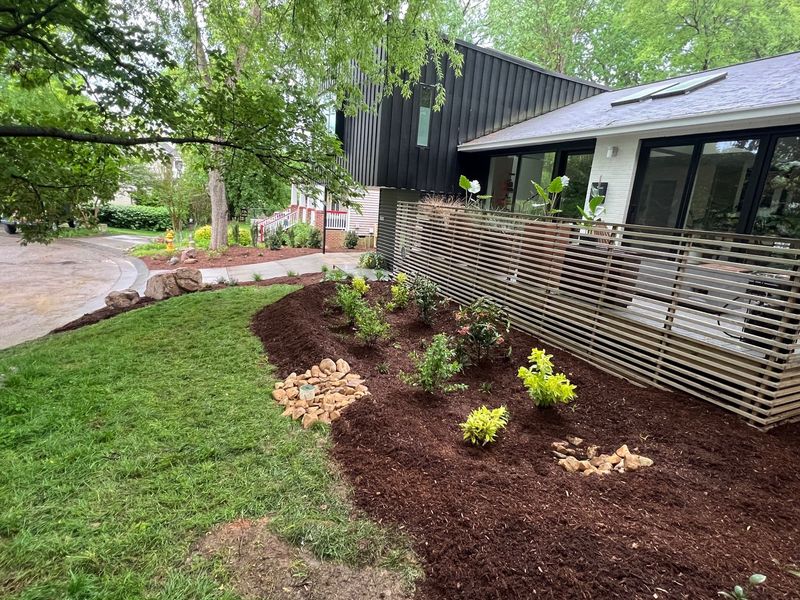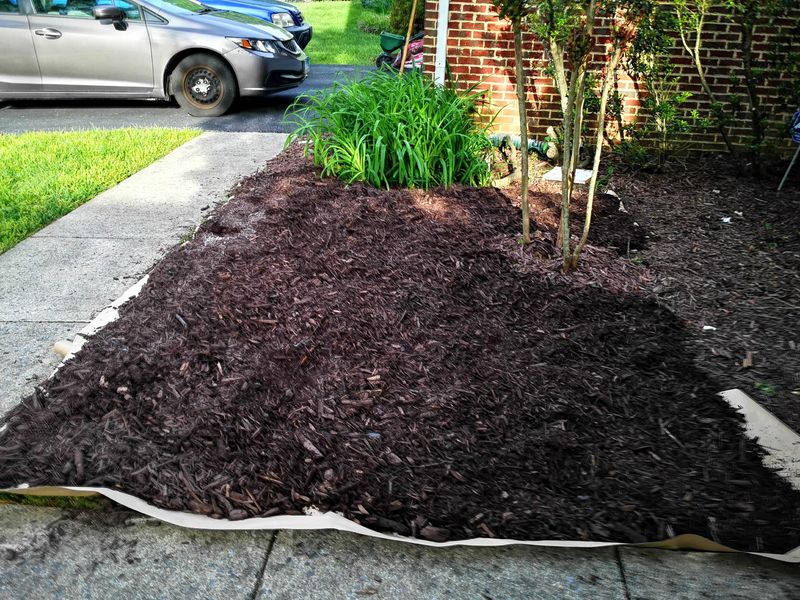New Jersey gardeners know that our state’s humid summers can turn yesterday’s fresh mulch into today’s moldy mess. Those fuzzy patches aren’t just unsightly—they can harm your precious plants and indicate underlying issues in your garden beds.
When mulch starts sporting white, yellow, or gray growth, it’s sending an SOS that shouldn’t be ignored. I’ve seen entire gardens struggle because homeowners dismissed early signs of mulch problems during our particularly wet Jersey springs.
Taking action now saves you headaches later, especially as our state’s temperature fluctuations create perfect conditions for fungal growth. Here’s exactly what you need to do when facing the dreaded moldy mulch situation in your Garden State landscape.
1. Rake It Up Immediately
Don’t wait another day when you spot that telltale fuzz. I made this mistake last summer and watched the problem spread to half my flower bed. Grab your garden rake and gently remove the affected mulch, being careful not to disturb your plants’ root systems.
Place the moldy material in a dedicated waste bag—never your compost pile. New Jersey’s composting guidelines specifically warn against adding diseased or moldy garden materials to your heap.
2. Check Your Mulch Depth
Excessive mulch creates the perfect breeding ground for fungi. Many Jersey gardeners pile it on too thick, thinking more protection equals better results. Measure your current layer—anything over 3 inches is asking for trouble in our humid climate.
Use a ruler and reduce depth to 2-3 inches maximum. This simple adjustment improves air circulation while still suppressing weeds and retaining moisture, especially important during our hot August days.
3. Allow For Proper Drying
After our frequent Jersey rainstorms, mulch needs time to dry out. Resist the urge to water your garden beds immediately following heavy rain—a mistake I’ve made more than once when following a rigid schedule.
Give mulched areas extra time to dry between waterings. Consider pushing back your irrigation schedule by a day when humidity levels are high. The fungal spores causing that mold thrive in consistently wet conditions typical of our region’s late spring weather.
4. Create Better Air Circulation
Crowded plants trap moisture near the soil surface, creating perfect conditions for mold growth. I’ve found this especially problematic in my herb garden, where plants grow quickly in our fertile Jersey soil.
Prune lower branches and thin out dense growth to allow air movement at ground level. Space new plantings according to mature size recommendations rather than how they look when young. This simple step prevents the stagnant, humid microclimate that mold loves.
5. Apply Cinnamon As Natural Fungicide
Ground cinnamon works surprisingly well against fungal growth. After spotting early signs of mold in my vegetable garden beds, I sprinkled cinnamon directly onto problem areas and saw results within days.
This natural remedy is especially useful for New Jersey’s organic gardeners. Simply dust a light layer over affected mulch. The spice’s natural antifungal properties help inhibit mold without introducing harsh chemicals into your garden ecosystem.
6. Switch To Cedar Or Cypress Mulch
Not all mulches are created equal when battling our state’s humidity challenges. Cedar and cypress contain natural oils that resist decay and fungal growth—a game-changer for my persistently damp shade garden.
When replacing moldy mulch, choose these naturally resistant varieties. They cost slightly more at our local garden centers but last longer and cause fewer problems. The aromatic scent is an added bonus that makes working in your garden more pleasant during our muggy summer days.
7. Pull Mulch Away From Stems
Creating a small gap between mulch and plant stems prevents moisture-related diseases. Last year, I noticed fungal issues affecting my hydrangeas where mulch was piled against their stems—a common mistake in many New Jersey landscapes.
Pull mulch back 2-3 inches from all plant stems and tree trunks. This simple adjustment creates a dry zone that discourages fungal spread while still allowing roots to benefit from the mulch’s moisture retention properties, especially helpful during our occasionally dry late summers.
8. Test Your Soil PH
Moldy mulch often indicates your soil’s pH is out of balance. New Jersey’s naturally acidic soils can become even more so with certain mulch types, creating ideal conditions for unwanted fungal growth.
Purchase an inexpensive soil test kit from any garden center in the state. Aim for a pH between 6.0-7.0 for most garden plants. Adjusting with lime if too acidic helps discourage the fungal growth that leads to moldy mulch—something I do annually in my own garden.
9. Introduce Beneficial Microorganisms
Fighting fungi with fungi might sound counterintuitive, but beneficial microorganisms can outcompete the harmful types. After struggling with persistent mulch mold, I started applying compost tea to my garden beds with remarkable results.
Look for microbial soil amendments at local Jersey garden centers. These products introduce good bacteria and fungi that create balance in your soil ecosystem. They’re especially effective in our state’s dense clay soils that tend to hold moisture after our frequent summer thunderstorms.
10. Consider Switching To Gravel
For persistently problematic areas, mineral mulches offer a mold-free alternative. The drainage area alongside my garage constantly developed mold until I replaced organic mulch with decorative river stones.
Small gravel, crushed stone, or river rock won’t decompose or support fungal growth. These materials work particularly well in New Jersey’s rain garden designs, which must handle our increasingly intense summer downpours. While initially more expensive, stone mulches provide years of maintenance-free performance.
11. Time Your Mulch Application
Applying fresh mulch during hot, humid weather invites trouble. I’ve learned to schedule my mulching for early spring before New Jersey’s humidity kicks in, giving it time to settle before the challenging summer conditions arrive.
Wait for a period of dry weather with moderate temperatures. Fresh mulch generates heat as it begins to break down, and adding this process to already warm, moist conditions creates the perfect storm for fungal growth. Fall application works well too, preparing beds for our unpredictable winter weather.
12. Avoid Over-Fertilizing
Excess nitrogen creates lush conditions that fungi love. Many Garden State gardeners don’t realize their fertilization habits contribute directly to mulch problems—something I discovered after years of being heavy-handed with the fertilizer.
Scale back on high-nitrogen products, especially near mulched areas. If you’re seeing abundant leaf growth but also dealing with mulch mold, that’s a clear sign to reduce feeding. Follow package directions carefully and consider switching to slow-release formulas better suited to our long growing season.
13. Install Drip Irrigation
Overhead watering is a major culprit behind moldy mulch in New Jersey gardens. The water splashes soil onto mulch and keeps the surface consistently wet—conditions that practically invite fungal problems, especially during our humid summers.
Switch to drip irrigation or soaker hoses that deliver water directly to the soil without wetting mulch surfaces. This targeted approach not only reduces mold issues but also conserves water—increasingly important as our state faces more frequent drought restrictions.
14. Try Newspaper Underlayment
Creating a barrier between soil and mulch can prevent fungal spread. Before discovering this trick, I battled recurring mold issues every summer despite following all other best practices in my Jersey vegetable garden.
Lay down 4-5 sheets of newspaper before applying fresh mulch. This biodegradable layer improves drainage and creates separation between soil fungi and your mulch. The paper breaks down over time, adding organic matter to our often clay-heavy New Jersey soils while reducing maintenance headaches.
15. Monitor Irrigation Runoff
Check how water moves through your garden after our famous Jersey downpours. Standing water or excessive runoff often creates perpetually damp mulch zones where mold thrives—a problem I noticed particularly around my downspouts.
Adjust your landscape grading to eliminate low spots where water collects. Consider installing French drains in persistently wet areas, a worthwhile investment given our state’s increasing precipitation patterns. Even minor adjustments to water flow can dramatically reduce mulch mold issues.
16. Consider Mulch Alternatives
Sometimes the best solution is thinking beyond traditional mulch. After years of fighting mold in shady areas, I’ve successfully replaced mulch with shade-loving groundcovers like pachysandra—a staple in many established New Jersey gardens.
Living mulches like creeping thyme, sweet woodruff, or ajuga provide weed suppression and moisture retention without fungal issues. They thrive in our climate and add visual interest to your landscape. For vegetable gardens, consider straw or hay, which decompose quickly but resist mold better than wood chips.

